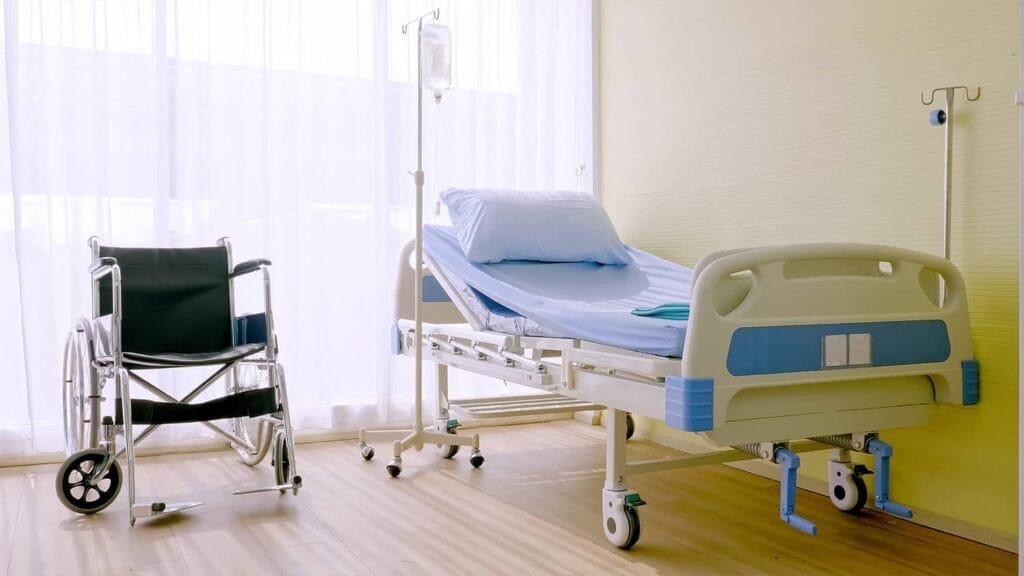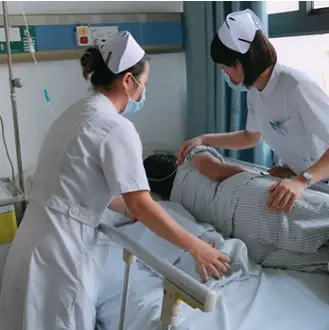Address
304 North Cardinal St.
Dorchester Center, MA 02124
Work Hours
Monday to Friday: 7AM - 7PM
Weekend: 10AM - 5PM
Address
304 North Cardinal St.
Dorchester Center, MA 02124
Work Hours
Monday to Friday: 7AM - 7PM
Weekend: 10AM - 5PM

In this article, we will explore the importance of basic hospital beds, their features, and how they contribute to efficient healthcare delivery.

Hospital beds are a fundamental element of patient care in healthcare facilities. While technological advancements have led to the development of sophisticated beds with numerous features, basic hospital beds continue to play a crucial role. These simple, yet effective, beds are essential for a wide range of patients and medical situations. In this article, we will explore the importance of basic hospital beds, their features, and how they contribute to efficient healthcare delivery.
A basic hospital bed, also known as a manual hospital bed, is a simple bed designed for use in healthcare settings. It typically includes features such as adjustable height for the head and foot sections and a durable frame.
Key components of a basic hospital bed include a stable frame, a comfortable mattress, side rails for safety, and a mechanism for adjusting the bed’s height and angle.
While basic hospital beds lack the advanced features of their electric counterparts, they can be manually adjusted to provide a comfortable resting position for patients.
At their core, basic hospital beds are designed to meet the essential needs of hospitalized patients. They offer a sturdy, adjustable platform that can be raised, lowered, and tilted to accommodate various patient positions and care activities. Basic hospital beds typically include:

Basic hospital beds are more affordable than their electric or motorized counterparts, making them a cost-effective solution for healthcare facilities with budget constraints.Electric or motorized beds offer additional features such as adjustable height and backrests, making them more suitable for patients who require frequent position changes or have mobility issues. However, for facilities looking to provide essential care without breaking the bank, basic hospital beds are a practical choice that still meets the needs of many patients.
Their simplicity makes them accessible to a wide range of healthcare providers, from large hospitals to small clinics, ensuring that patients receive appropriate care regardless of location.This versatility is key in ensuring that healthcare services are delivered efficiently and effectively to all individuals in need.
With fewer moving parts, basic hospital beds are often more reliable and require less maintenance than beds with complex electronic systems.In addition, basic hospital beds are usually more cost-effective to purchase and operate, making them a practical choice for healthcare facilities looking to maximize their budget.
Basic hospital beds are well-suited for patients who do not require intensive monitoring or frequent adjustments, such as those recovering from minor surgeries or undergoing routine examinations.
In emergency situations where power outages may occur, basic hospital beds can continue to function, ensuring uninterrupted patient care.
To better understand the role of basic hospital beds, let’s compare them with other types of hospital beds in terms of features and intended use.
| Feature/Bed Type | Basic Hospital Bed | Semi-Electric Hospital Bed | Full Electric Hospital Bed |
|---|---|---|---|
| Cost | Low | Moderate | High |
| Adjustability | Manual | Electric for key functions | Fully electric |
| Maintenance | Low | Moderate | High |
| Power Dependency | None | Some | High |
| Suitability | Non-critical care | General care | Intensive care |
Basic hospital beds serve as a vital component in the healthcare system, providing a cost-effective and reliable solution for patient care. While they may lack the advanced features of more sophisticated models, basic hospital beds are suitable for a wide range of patients and medical situations. By understanding the importance of these beds and their role in healthcare, medical professionals can ensure that patients receive the appropriate care they need.
What distinguishes basic hospital beds from advanced models?
Basic hospital beds typically offer essential functionalities such as adjustable height, siderails, and manual controls, whereas advanced models may incorporate additional features such as electronic controls, integrated scales, and patient monitoring systems.
Are basic hospital beds suitable for homecare settings?
Yes, basic hospital beds are commonly used in homecare environments due to their simplicity, reliability, and affordability. They provide essential support and comfort for individuals requiring extended periods of bed rest or recuperation at home.
Can basic hospital beds accommodate patients with special medical needs?
Yes, basic hospital beds can be adapted to accommodate patients with various medical conditions and mobility limitations. Accessories such as specialized mattresses, trapeze bars, and overbed tables can enhance comfort and accessibility for patients with specific requirements.
How do basic hospital beds contribute to infection control in healthcare facilities?
Basic hospital beds are designed with materials and features that facilitate cleaning and disinfection, helping to mitigate the spread of infections in healthcare settings. Smooth surfaces, removable components, and antimicrobial coatings are among the features that support infection control efforts.
What are the considerations when selecting basic hospital beds for healthcare facilities?
When choosing basic hospital beds for healthcare facilities, factors to consider include patient comfort, safety features, ease of maintenance, durability, compatibility with existing equipment, and compliance with regulatory standards. Evaluating these factors ensures that the selected beds meet the specific needs and requirements of the facility and its patients.